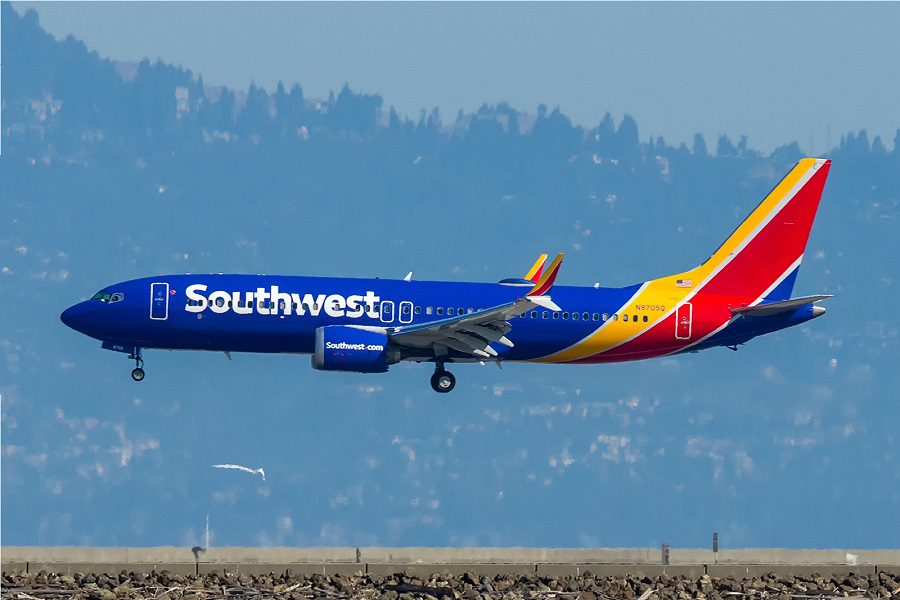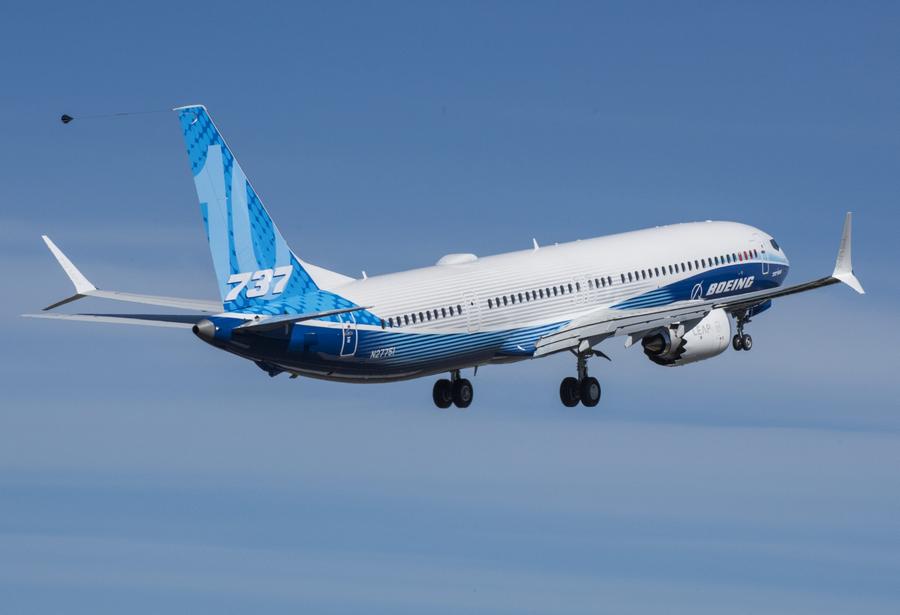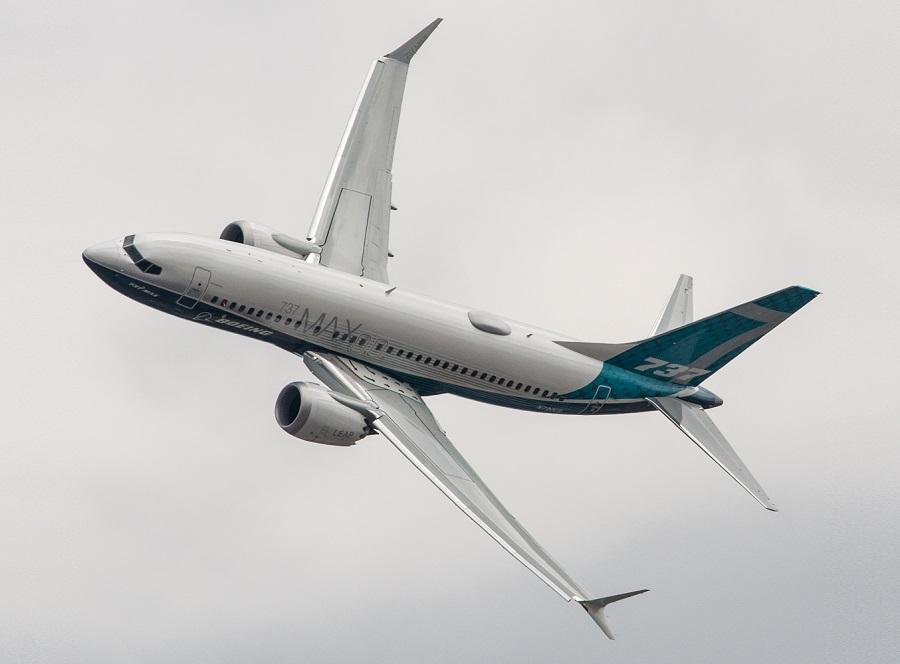Despite the challenges that the industry is still facing, Boeing wants to [nearly] double the 737 MAX family’s production by the end of 2023.
Boeing is continuing its efforts to put its house in order. The manufacturer has issues with other aircraft types, as we’ve seen. But the 737 MAX finally seems to be returning to some semblance of normality. And that’s important because the type is the biggest “bread-winner” for the manufacturer.

Of course, there is still plenty of work left, around the 737 MAX. Before it addresses production rates, Boeing needs to certify two more 737 MAX variants. The 737-7 should enter service later this year. According to Boeing’s schedule, the 737-10 will follow in 2023. This will involve additional development work, including an enhanced angle-of-attack system.
Boeing 737 MAX Production – Current And Future
But these developments are going ahead on schedule. So Boeing now wants to increase the 737 MAX production rate, to meet demand. At the moment, Boeing makes about 27 of these jets per month. The company’s near-term target is to raise this to 31 aircraft per month. Different sources within Boeing say this could happen in the second half of 2022, or perhaps earlier.

In the first half of 2023, the target goes up from 31 to 38 aircraft per month. But by the end of 2023, Boeing wants the production of its 737 MAX family to be up to 47 aircraft monthly. So it aims to nearly double production in less than two years. And while this seems like a bold target, it is actually lower than what Boeing had before the type’s grounding.
At the start of 2019, the production rate of the 737 MAX was 52 per month. It is not clear if the manufacturer has a timeline that would bring it back up to such a rate. The aircraft has been selling reasonably well in the past few months, boosting the company’s order book. However, comparing the production numbers of the 737 MAX with Airbus’ A320neo still doesn’t look good for Boeing.

Airbus, Boeing, Suppliers And The Market
Airbus is currently producing 43-45 A320neos per month. Its medium-term goal calls for monthly rates of around 65 A320neos (actually, mostly A321neos) by the summer of 2023. And as we have seen, Airbus is pressuring its supply chain to meet a target for 75 aircraft per month from 2024. This is something that engine manufacturers, in particular, are reluctant to support.
It’s also worth pointing out that Airbus’ production plans can affect Boeing and its 737 MAX ramp-up. This is because the two manufacturers share many key suppliers. Pratt & Whitney is one of few exceptions in this regard since it doesn’t make engines for Boeing’s single-aisle jet.

It is also unclear how the present conflict in Ukraine could affect the market for the two manufacturers. We have seen the potential for production issues, relating to titanium supply and production. Also, fuel prices can have wider effects on the growth of the industry, affecting the potential for new aircraft orders.
Boeing still has a sizeable 737 MAX inventory, dating back to the grounding – so its deliveries can outpace production for the time being. Analysts estimate that the manufacturer will get rid of this inventory by the end of 2023. So these new production plans make sense, as they line up with these estimates. However, it seems that Boeing will continue to trail Airbus, until then. That’s unless one or both manufacturers upsets this balance, by introducing something new.



